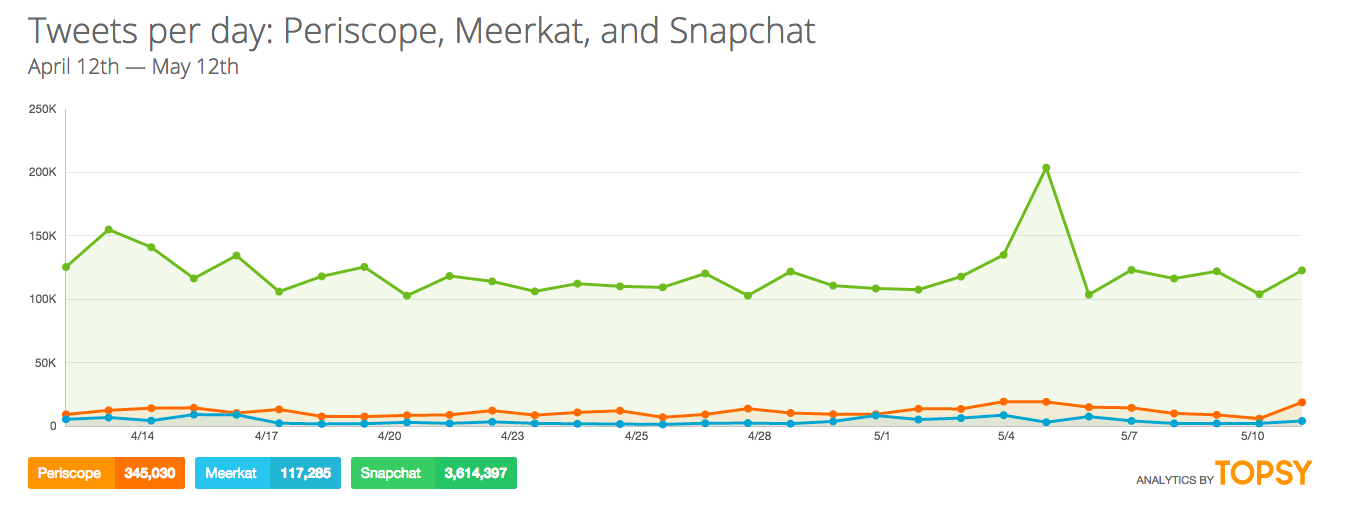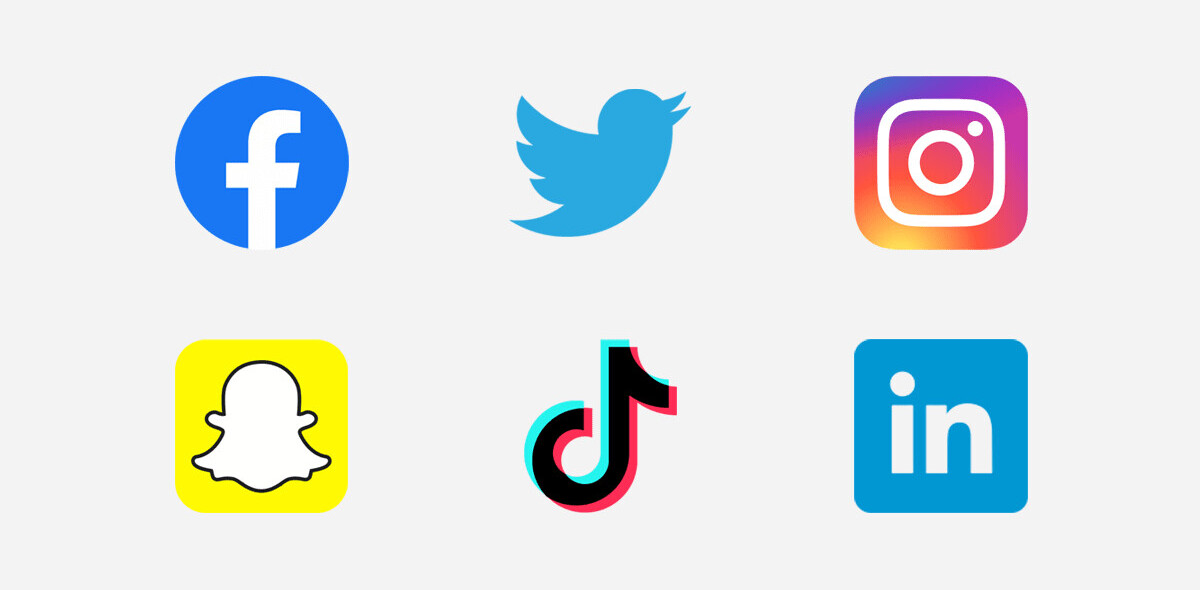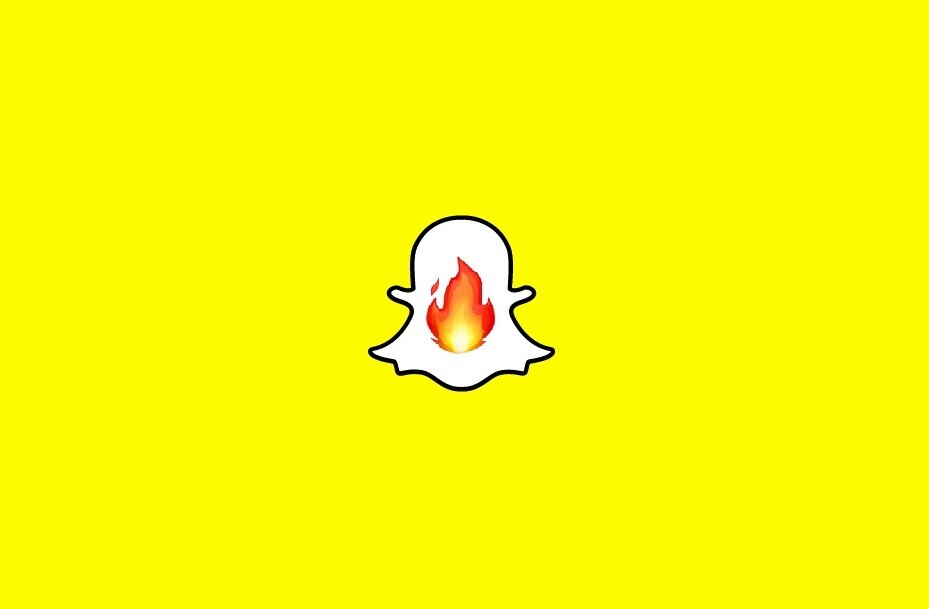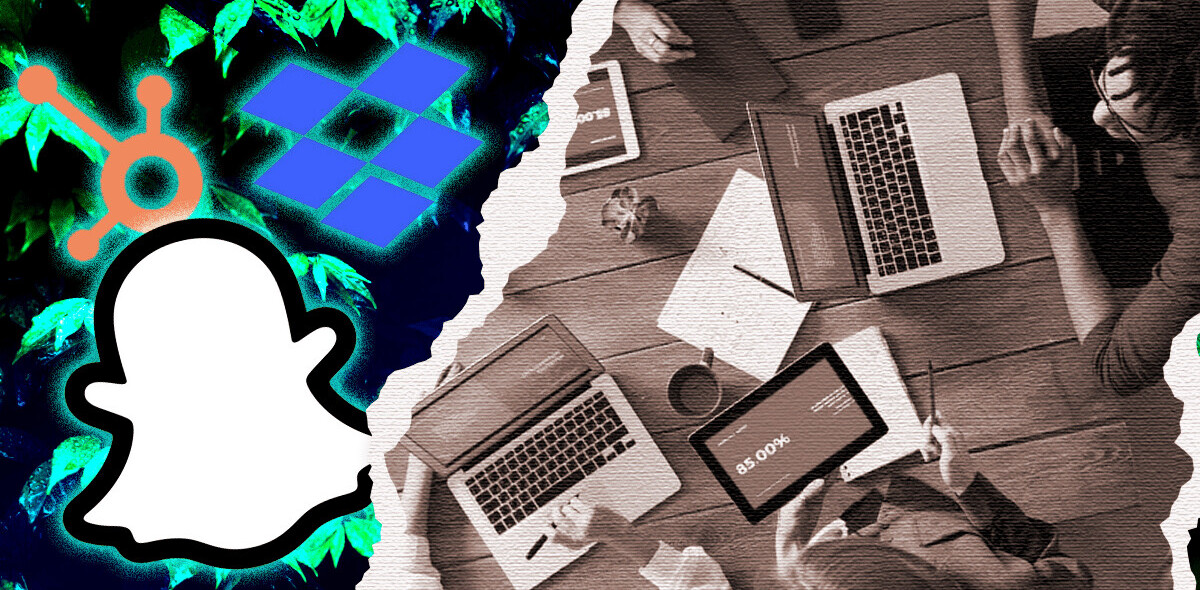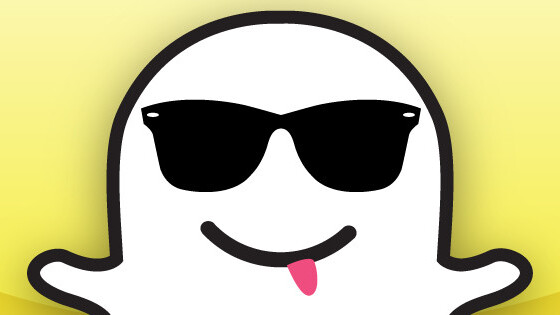
There’s no shortage of startups telling us that they’re the future of communication or solving a problem we never knew we had. Not so long ago, Snapchat was one of them.
Since its launch on iOS in 2011, the service has amassed more than 100 million users. Its success isn’t because it was the first app to do anything notable or solve a pressing issue, it’s because it represents real life better than the rest by telling it like it is.

How often do you sit and read every post on your news feeds? Now think of how often you open every snap you get on Snapchat. This is where the Snapchat model works best.
The ephemeral nature of Snapchat is a huge draw – if you are only going to see something once in your life (hypothetically), you are a lot more likely to look at it and really pay attention.
There’s a reason why apps like Tinder and Slingshot are adopting ephemerality – it works.
The content itself feels more truthful generally as it hasn’t gone through rigorous editing before being posted. It’s a realistic depiction. Images and videos on Snapchat aren’t there solely to be judged, they are there to be consumed.
You’re not looking for likes or comments, you’re just putting it out there.
The recent hype around live-streaming apps highlights Snapchat’s strong position.
Snapchat was the first modern app to really make filming in portrait work, creating a new aesthetic for mobile video that appeals to users and advertisers alike – something Periscope and Meerkat both adopted.
The popularity of those two apps waxes and wanes, however, while Snapchat’s appeal is constant.
I think this is because live streaming everyday life is just ever-so-slightly outside the comfort zone of most people.
I believe that Snapchat’s videos and stories are markers for the true level of exposure most people, away from the exhibitionists and celebrities of other social media platforms, are willing to give away.
It’s obvious how Periscope and Meerkat work for large events, tours, AMAs and for businesses, but on a personal level, it’s not going to be the platform of choice to showcase your everyday experiences anytime soon.
We went from MySpace feeding the dreams of musicians to Facebook abolishing our diaries. Twitter came along and gave us a way to feed our thoughts to the world as they registered, while Tumblr made us all a little more wordy and creative.
Instagram gave us the whole stage for presenting how good our lives are, and the tools to make it look even better. You can self-promote there like nowhere else, and it’s applauded.
When Snapchat emerged, it offered a happy medium. You can share as much or as little as you like with your friends, not have to worry about editing, approval-seeking likes or comments and at the same time, it still has enough features and functions to keep it fun and flirty as well.
Each stage of social media evolution was gradual, transient and right for the time. Meerkat and Periscope have peaked too soon, encouraging our sharing to go a step too far.
Snapchat looked at the good and bad parts of where we were with sharing in the period leading up to its release and combined them. The features, both good (stories) and bad (Snapcash), that have have arrived along the way have been iterative and unimposing. Nothing has changed the overall experience or pressured us to go further.
It’s not perfect, but neither are we, and Snapchat’s not trying to change or hide that.
Read next: People really don’t care about Periscope (or Meerkat for that matter)
Get the TNW newsletter
Get the most important tech news in your inbox each week.


